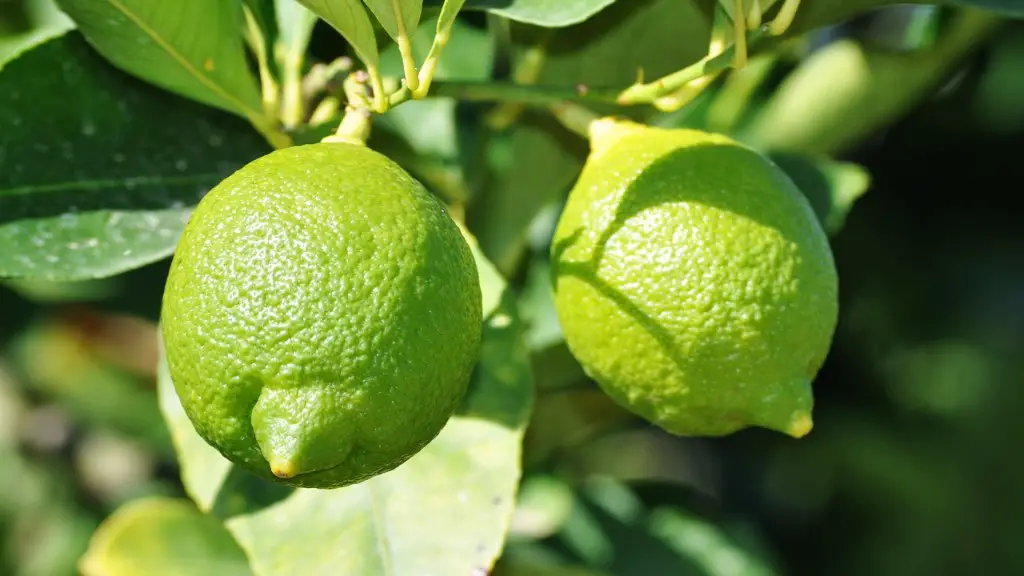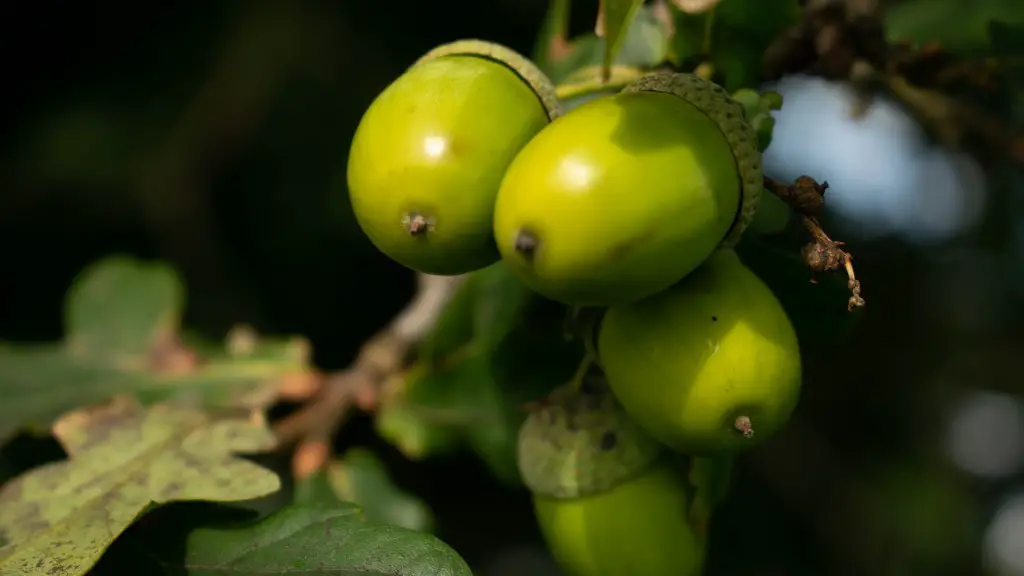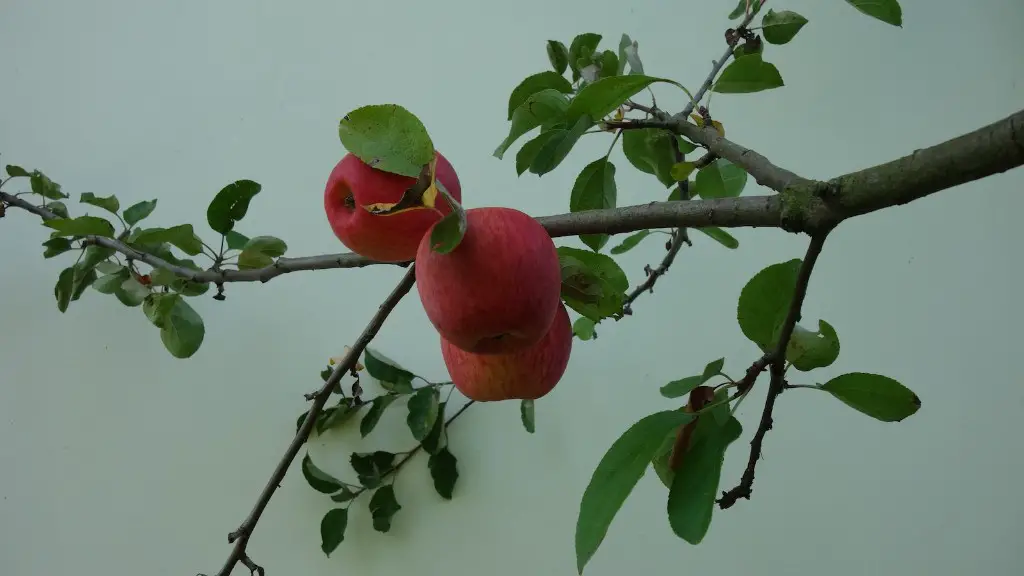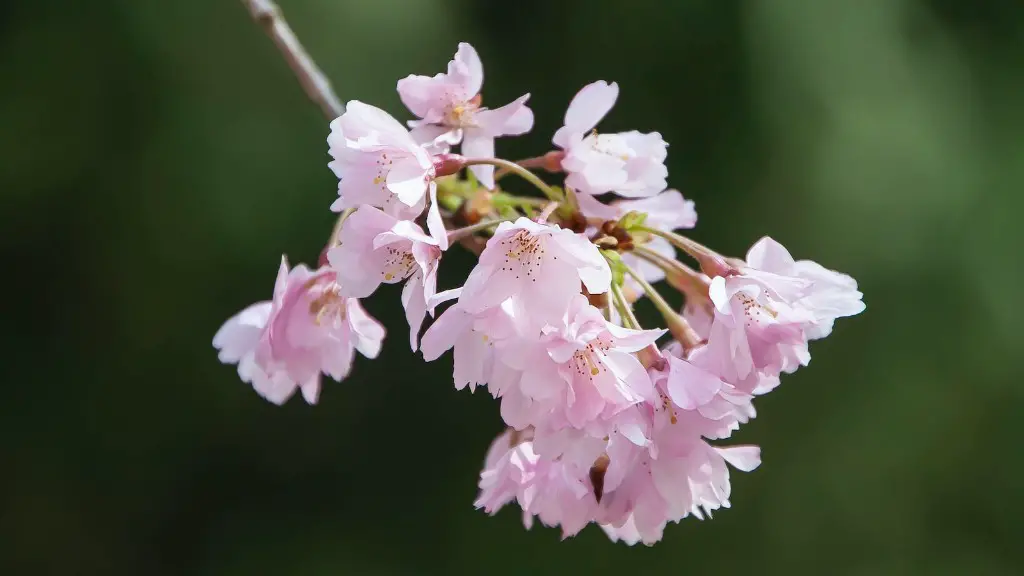Watering a lemon tree is an art form. There is no one-size-fits-all answer to the question of how much water should be given. As with any plant, the answer depends on several factors including the climate, soil type and the age and size of the lemon tree. In general, a newly planted lemon tree needs more frequent waterings than a mature tree.
In the warmest climates, where temperatures remain consistently hot, lemon trees should be watered two to three times a week. Gardeners should water deeply, so that the entire root system receives some moisture. When the soil is very dry, it may be necessary to water more frequently.
In cooler climates, it generally isn’t necessary to water lemon trees as frequently. However, water must still be provided on a regular basis, especially during periods of drought. In areas with a Mediterranean climate, the soil should be kept consistently moist during the spring and summer months, when the tree is actively growing.
It’s important to let the soil dry out between watering. Excessive watering can cause root rot and other forms of plant disease. To check if a tree needs water, stick your finger in the soil an inch down. If it feels dry, it’s time to water.
During the winter months, the frequency of watering should be reduced, as the tree will be dormant and not using as much water. Watering should be restricted to once every two weeks or so, depending on the weather.
Lastly, never let your lemon tree sit in standing water, as this can cause the roots to rot. The soil should be allowed to dry out between watering, and the water should be drained away from the base of the tree.
Fertilizing Your Lemon Tree
Fertilizers are important for a healthy lemon tree. The type of fertilizer should be tailored to the needs of the individual tree. Most citrus trees respond well to a balanced fertilizer that is high in nitrogen, phosphorus and potassium. Fertilizers should be applied three times a year: once in the spring, when the tree is starting to leaf out, once in the summer, and once in the late summer or early fall, when the tree is in its final growth spurt.
When applying fertilizer, be careful not to overdo it. Too much fertilizer can burn the tree and cause long-term damage. Generally speaking, a mature lemon tree will need roughly one pound (1/2 kg) of fertilizer per year. Be sure to read and follow the instructions on the package, as some types of fertilizer may need to be applied more frequently than others.
In addition to a balanced fertilizer, organic matter such as compost and aged manure can be added to the soil around the tree. These substances help to create a rich, well-drained soil, which is essential for good root growth and nutrient uptake.
Finally, keep weeds and grass away from the base of the tree, as they will compete with the lemon tree for nutrients. Mulch around the root zone will help discourage weed growth.
Pruning Lemon Trees
Lemon trees should be pruned on a regular basis to keep them healthy and productive. The best time to prune a lemon tree is in the winter months, when the tree is dormant. Pruning removes old and dead wood, encourages new growth and opens up the tree for better air circulation. It’s important not to prune too much, however, as this can make the tree more susceptible to diseases and pests.
In most cases, just a light pruning is necessary. Start by removing any sick or dead branches, as well as any branches that are crossing each other or rubbing against one another. Next, remove any branches that are growing downward, as these can interfere with proper airflow. Finally, thin out the center of the tree by removing some of the smaller branches.
Before pruning, it’s important to sterilize pruning shears with rubbing alcohol or a bleach solution to prevent the spread of diseases. Whenever possible, pruning cuts should be made at the branch collar, which is the swollen area just below where the branch connects to the trunk.
The goal of pruning is to maintain an open, vase-shaped canopy. This will allow for better airflow and light penetration, which encourages new growth and a healthy tree.
Controlling Insects and Diseases
Lemon trees can be attacked by a variety of pests and diseases. The most common insect pests include aphids, mealybugs, mites, whiteflies and scales. These can be controlled through the use of insecticidal soaps or horticultural oils. To discourage the spread of diseases, it’s important to clean up fallen leaves, twigs and debris from around the tree.
Fungal diseases, such as anthracnose, scab and powdery mildew, can also affect lemon trees. To prevent these diseases, it’s important to maintain good air flow around the tree and make sure the soil is well drained. Pruning away dead or damaged branches can also help. If disease does occur, there are a variety of fungicides available to treat it.
Thrips, fruit borers and gophers can also cause problems for lemon trees. Gophers can be controlled with traps, while fruit borers and thrips can usually be taken care of with a combination of cultural practices and insecticides. It’s important to read and follow the instructions on the label of any insecticide used.
Harvesting Lemons
Lemons generally take about 6-9 months to become ripe and ready for harvesting. The best way to tell if a lemon is ripe is by tasting it. Look for a bright yellow lemon with slightly soft skin. Once ripe, lemons should be harvested right away, as they don’t keep well and will spoil quickly.
When harvesting lemons, use caution, as they can be very acidic. Wear gloves and safety glasses if necessary. Snip the lemons off of the branch with a pair of pruning shears. The stems should remain intact, as this will help the fruit last longer. Lemons can be stored in the refrigerator for up to two weeks.
Lemons can be harvested any time of year. However, the peak season for lemons is usually late spring to early summer. During this time, the tree will be heavy with fruit, and you can expect a bumper crop of lemons.
Propagating Lemon Trees
Lemon trees can easily be propagated from cuttings. The best time to take cuttings is in midsummer, when the tree is actively growing. Cuttings should be taken from a young, healthy branch that still has some flexible wood. Cut the branch at a 45-degree angle, just below a leaf node. The cuttings should be planted in a well-draining soil mix in pots or in the ground.
Cuttings should be watched carefully for signs of wilting. If the cuttings start to wilt, they should be watered. Keep the potting soil moist but not soggy. The cuttings should take root in about two to four weeks. Once the roots have formed, the new plants can be transplanted into containers or in the garden.
If you’d rather start from seed, you can plant lemon seeds directly in the ground. Before planting, be sure to soak the seeds overnight in lukewarm water. Plant the seeds just under the surface of the soil and cover with a thin layer of soil. The seeds should sprout within a few weeks.
Lemon trees can also be propagated by grafting, which is the process of splicing a piece of a mature tree onto a young seedling. This process produces trees that will bear fruit in a much shorter time than starting from seed.





